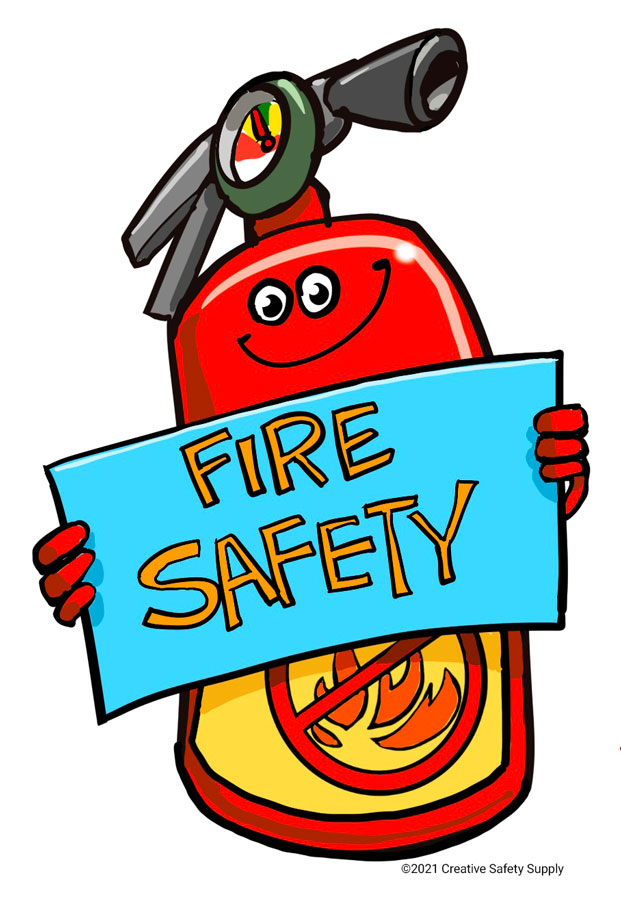Safety Communication
Safety Communication:

Safety communication is a critical aspect of maintaining a safe and healthy work environment. Effective safety communication involves the clear and consistent exchange of information related to health, safety, and environmental (HSE) matters within an organization. It plays a vital role in promoting awareness, compliance, and a culture of safety among employees and stakeholders. Here are key elements and strategies for safety communication:
**1. Clear and Comprehensive Safety Policies:
- Establish and communicate clear and comprehensive safety policies and procedures within the organization. Ensure that these policies are easily accessible to all employees.
**2. Leadership Commitment:
- Demonstrate visible leadership commitment to safety. Leaders should lead by example, adhere to safety policies, and communicate their commitment to safety regularly.
**3. Training and Education:
- Provide training and education programs to ensure that employees understand safety regulations, hazards, and safe work practices.
**4. Safety Meetings and Toolbox Talks:
- Conduct regular safety meetings and toolbox talks to discuss specific safety issues, share incident reports, and provide updates on safety initiatives.
**5. Safety Reporting and Incident Investigation:
- Establish a clear reporting system for safety incidents, near misses, and hazards. Encourage employees to report safety concerns without fear of reprisal.
- Investigate incidents thoroughly and communicate the findings, corrective actions, and lessons learned to prevent similar incidents.
**6. Safety Audits and Inspections:
- Conduct safety audits and inspections to identify and address safety deficiencies. Share the results and corrective actions with employees.
**7. Safety Awareness Campaigns:
- Launch safety awareness campaigns or initiatives focused on specific safety topics or themes. Use posters, newsletters, and other communication tools to reinforce key messages.
**8. Safety Committees:
- Establish safety committees comprising employees from various departments. These committees can review safety concerns, suggest improvements, and facilitate communication between management and employees.
**9. Emergency Communication:
- Develop and communicate emergency response plans and procedures. Ensure that employees know how to respond to various emergencies, including fires, chemical spills, and natural disasters.
**10. Feedback Channels: – Provide channels for employees to offer feedback and suggestions related to safety. Act on feedback promptly and communicate the outcomes.
**11. Use of Technology: – Leverage technology, such as mobile apps and online platforms, to disseminate safety information, conduct training, and report incidents more efficiently.
**12. Language and Cultural Considerations: – If your organization has a diverse workforce, ensure that safety communication materials are available in multiple languages and culturally sensitive.
**13. Recognition and Incentives: – Recognize and reward individuals and teams for outstanding safety practices and contributions to safety initiatives. This encourages a culture of safety.
**14. Continuous Improvement: – Regularly evaluate and assess the effectiveness of safety communication efforts. Adjust strategies as needed to improve safety awareness and compliance.
**15. Transparency and Honesty: – Maintain open and honest communication regarding safety matters. This builds trust among employees and fosters a culture where safety is a shared responsibility.
Effective safety communication is a proactive and ongoing effort that involves all levels of an organization. It not only helps prevent accidents and injuries but also promotes a positive safety culture where everyone feels responsible for their safety and the safety of their
